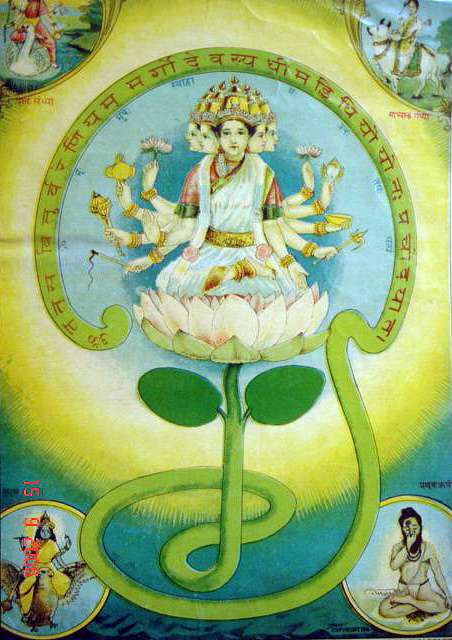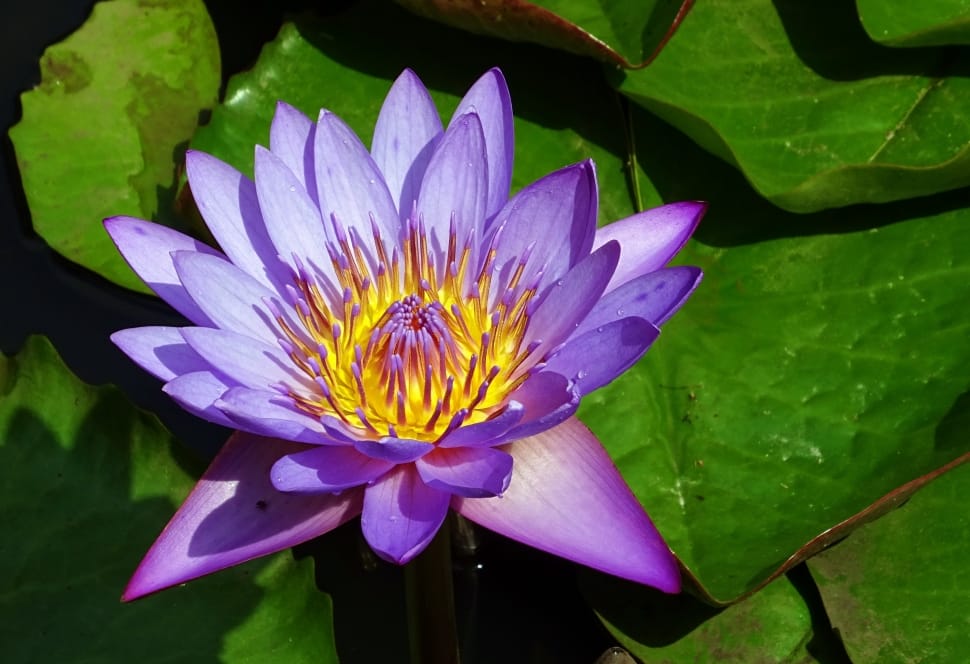The Gayatri Mantra Chant:
Musings Behind the Quest for Enlightenment
I was first introduced to the Gaytri Mantra Chant in 2009, while I was living in Kolkata, India.
This time to me was particularly significant. I was breaking out of old belief patterns and behaviors at a very deep level. And, as the onion layers peeled off, I was finding that what no longer served me anymore also led to a blank slate that I needed to fill by finding out what my own storybook was.
This is the journey of the shaman, always on a quest into the other realms to discover what their spirit wants to manifest in this lifetime.
While I was in this world of journeys and discovery, I was introduced to energy healing through an intensive experience. As a result, I began to look for those who could help me learn more about energy healing, which took me to India to connect with a deeper and more ancient culture.
This mantra was the first I learned and adapted to as I studied the energy healing techniques that I still use today. One of my fondest memories was sitting on the floor with my Indian family and chanting together, all learning the sweet sounds of the traditional chant and understanding how to adapt it into our own lives.
The Meaning Behind the Gayatri Mantra

Om bur bhuvah saha
[Ultimate reality, in which physical, astral and causal worlds exist]
Om: The sacred word, word of creation
Bhur: The physical plane of existence (which is of the nature of 5 elements)
Bhuvah: The astral plane of existence (which is of the nature of subtle elements)
Svah: The causal plane or celestial plane (plane where the existence is as subtle as ideas or notions, from which creation happens).
Tát savitúr váreṇyaṃ
[That is the supreme reality from which creation happens, and it is the foremost]
Tat: That, God
Savitúr : Source of all, creation, supreme reality, Divine illumination (of goddess Savitri or Shakti)
Váreṇyaṃ: the foremost, fit to be worshiped, deserving oblations
Bhárgo devásya dhīmahi
[O divine effulgence we meditate upon you]
Bhárgo: Great spiritual effulgence, Radiant one, one who illumines all
Devásya: Godly, divine reality, of divinity, Virtuous and joyous
Dhīmahi: We meditate on you;
Dhíyo yó naḥ pracodáyāt
[propel our knowledge of the supreme reality]
Dhíyo: Intellect, intelligence, reasoning and discriminating faculty which is a tool for attaining higher wisdom
Yo: Who, One is who being prayed, You (supreme one)
Nah: Our (intellect)
pracodáyāt: Stimulate, Propel towards the higher reality
The Power of Wisdom and Enlightenment
This particular mantra shows up for me and triggers when I am in circumstances that require understanding.
Wisdom is the several headed goddess that is able to see from all perspectives and all things.
But we can’t reach a state of wisdom unless we have knowledge. We can’t have knowledge unless we have information. And information is unsuccessful if it has bias, expectations, or agendas in it’s surrounding.
Chanting this mantra to me breaks the barriers of the mind in which assumptions, judgment, and habits of thought exist. In it’s place is a completely open and vast field to understand and become aware of the truth.
When you find the truth, you are on the path to wisdom. When you see all truths, it opens you to having the wisdom of decisions and enlightenment.
Each time I focus on the chanting techniques of this mantra, I receive guidance. I know which path to turn to and I understand everything surrounding me and within me.
And what I find is it is the breakage inside me that needs to happen opens with the repetitions and focus on the mantra. And when that quest takes place is when phases of light and enlightenment take place.
Incorporating the Mantra Into Music
There are traditional facets with the Gaytri mantra that are incorporated into the continuous chanting and approach. Saying the mantra 108 times, maintaining specific tonalities, and going into a state of meditation are known as the most important.
When composing this piece, I thought it was more important to convey the combination of tradition with fusion. I wanted to display the meaning of the mantra. I wanted to incorporate the process I saw – going through phases of realization and into a state of wisdom. Doing this without breaking the tradition was the main objective, while understanding that repetition of exactly 108, etc would need to take place with auto repeat instead of my own compositional effort.
It’s always up to the listener to determine how they want to interact with the music.

Symbolism of the Arrangement
When moving through the piece, I start with a simple, mantra like chant, similar to what would be in the tradition. The objective is to start layering on the musical facets, similar to how one journeys in the mind.
Each introduction of instruments is another layer of understanding – another support level to the chant and how it unfolds in our minds. Each repetition of the chant is designed to symbolize and represent this internal journey of the mind.
By minute 2:30 (about), you can hear this increase, specifically through the extra synth vocal layers that are added in to increase the tension of the music.
The idea is to not break the expected chant, but instead to use the combination of vocal sounds and the break of the layers to emphasize the ideology of realization. This type of tension counteracts ideologies of traditional theories in which the chord structure and background is in motion to create the tension and release. Instead, it is noted through the slower vocal layers that break the journey of the mind at the beginning.
As the musical piece comes to an end, the layers of sound and support begin to weaken, allowing someone to move into a meditative, thoughtful process relating to the chant. Instead of focusing on the sound, it moves into the monotone, focal point of the chant, allowing it to hold the messaging and prayer to move into the blessings of wisdom and enlightenment.